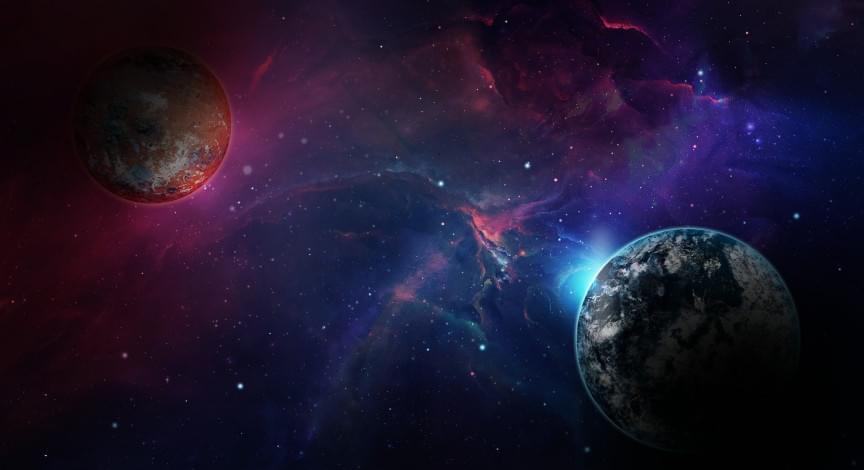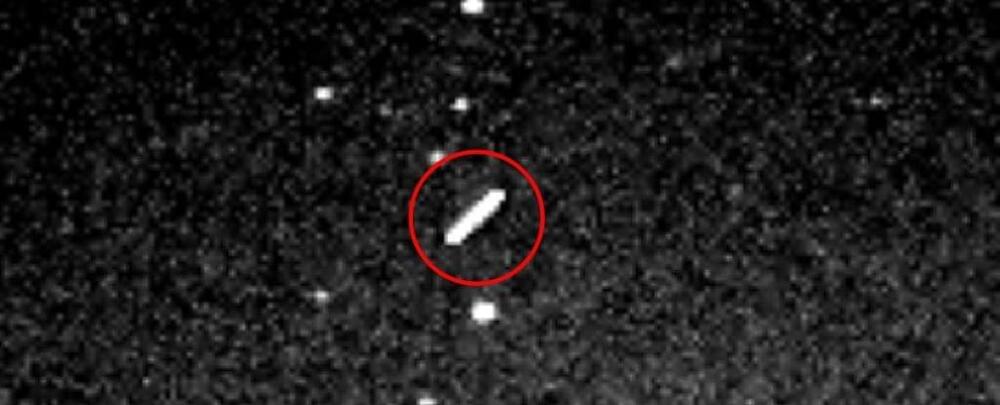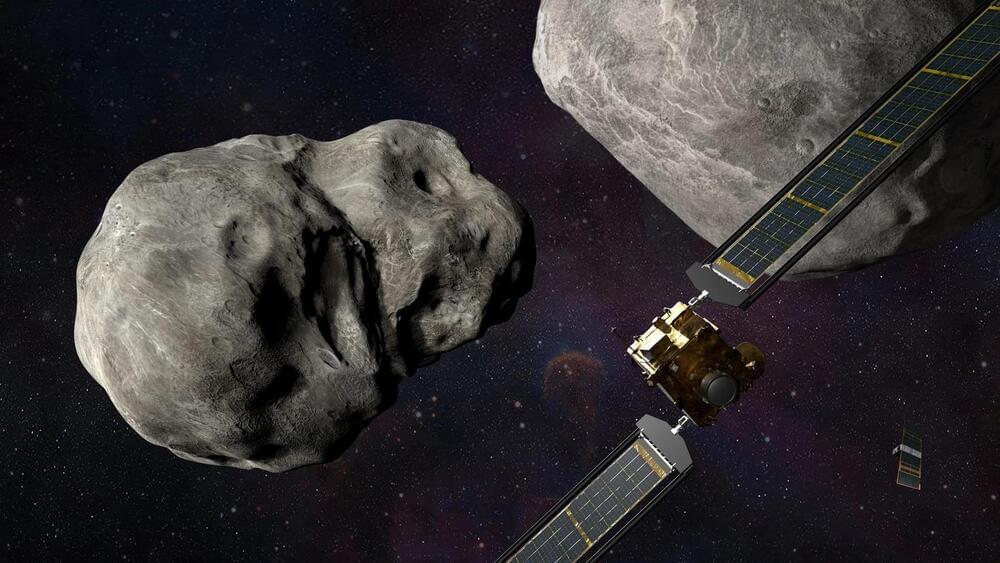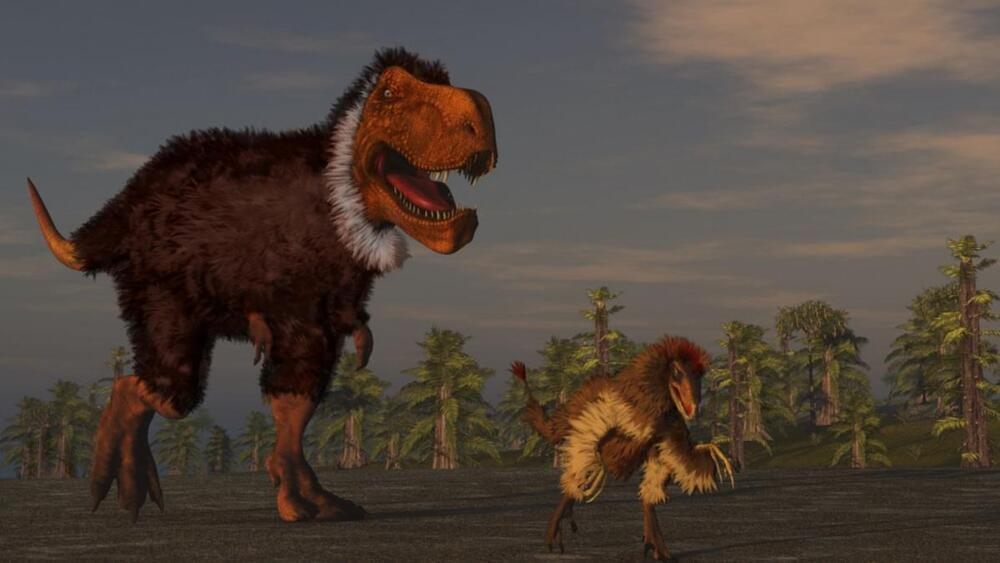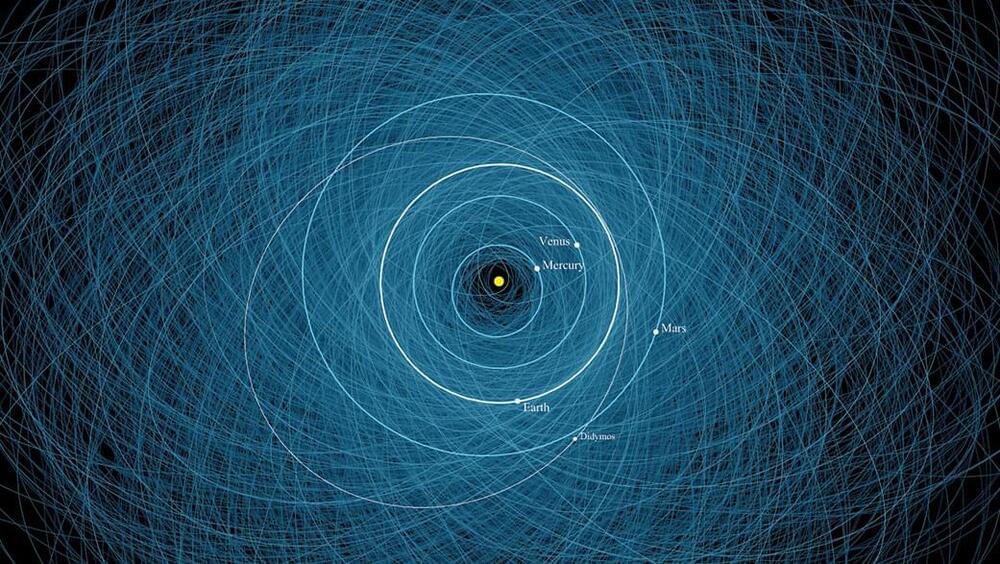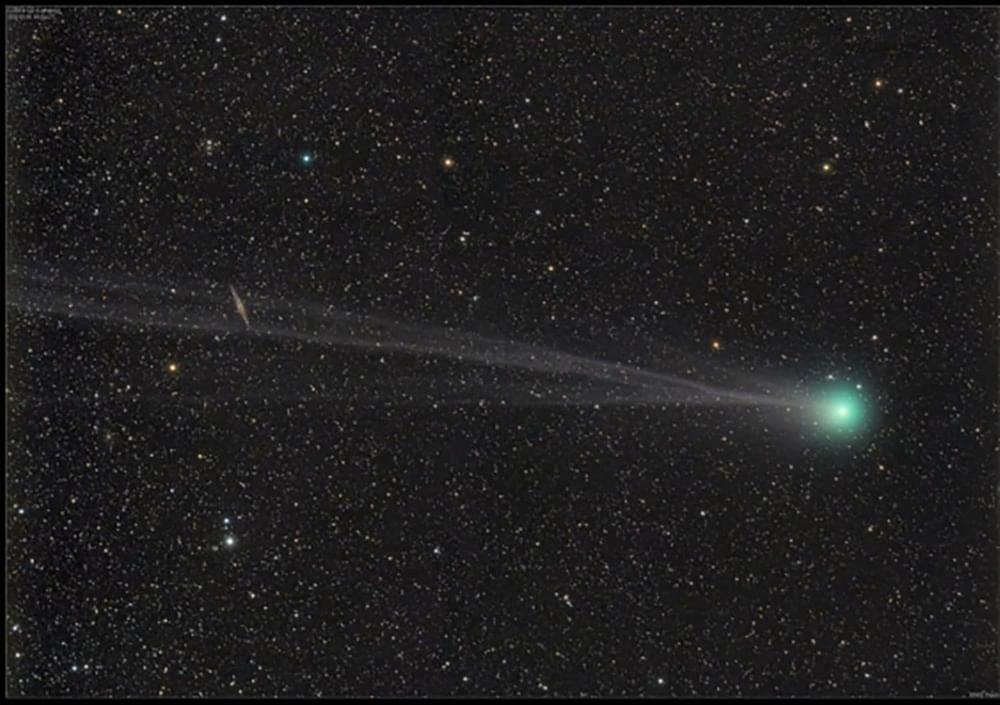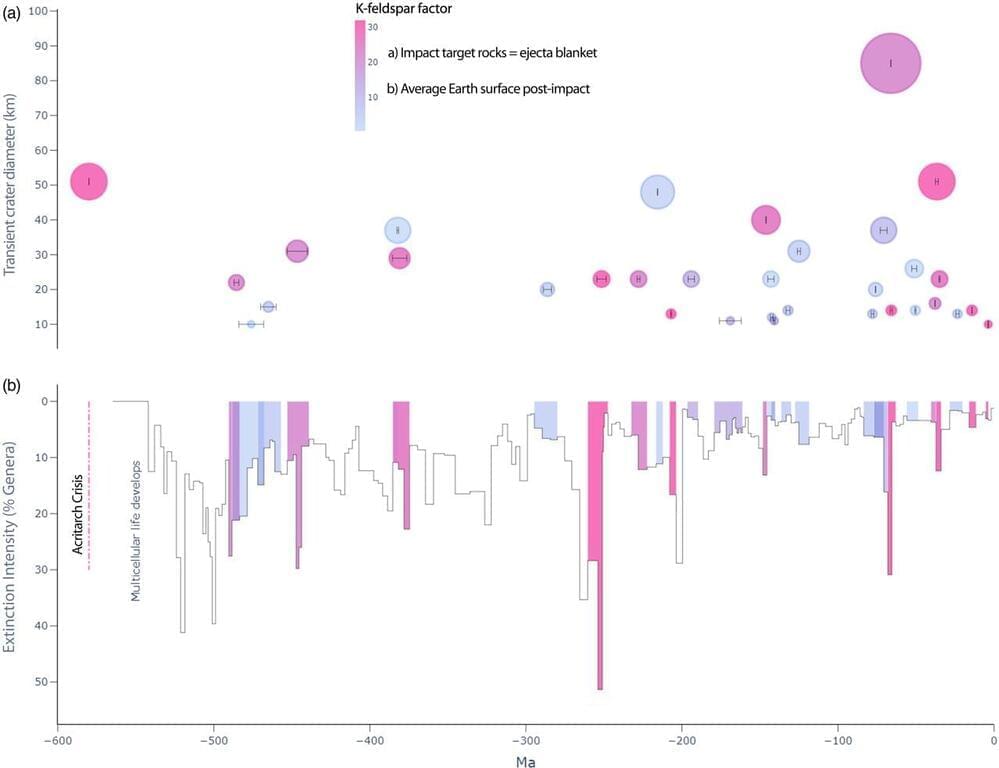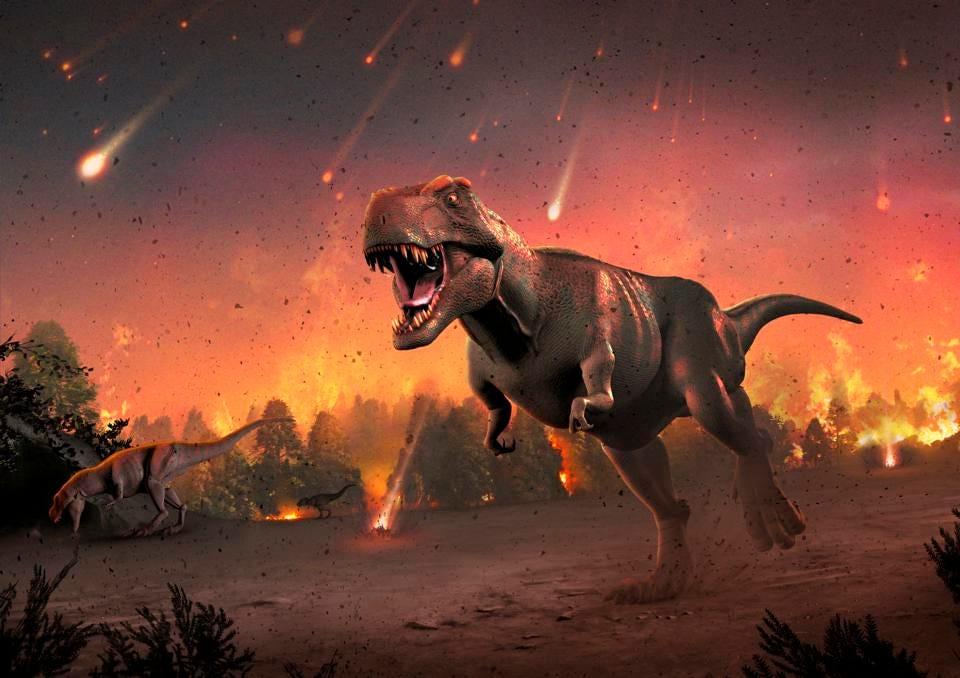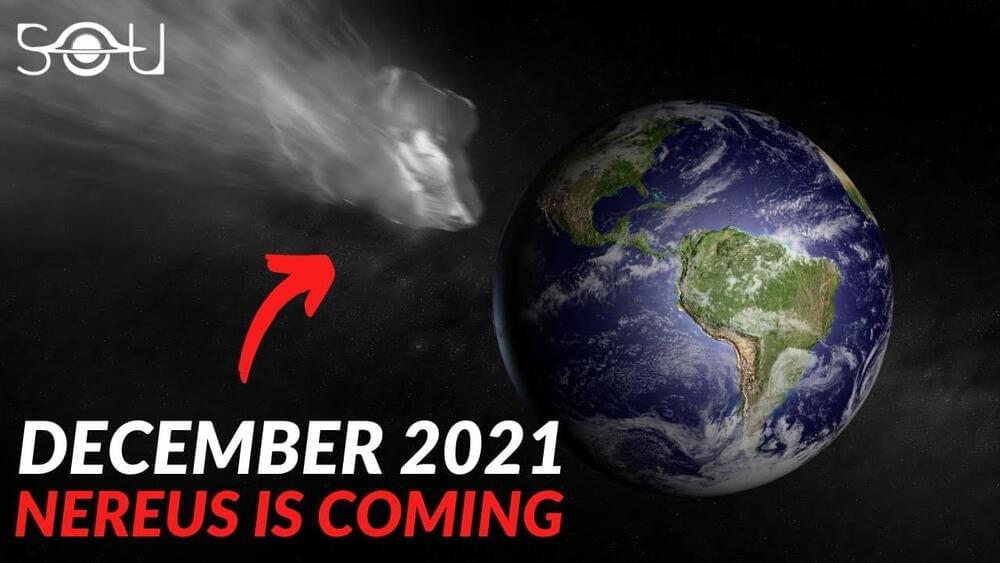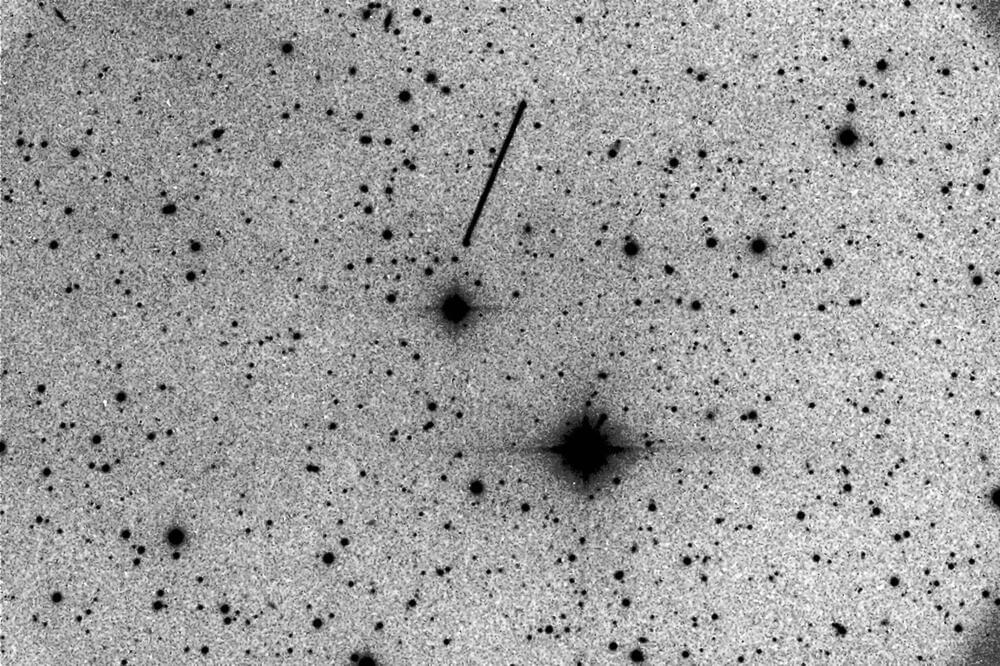In our solar system, Saturn is the farthest planet from Earth that can be seen with the naked eye. And if it is destroyed by an asteroid while you are watching it (with or without a telescope), the ringed planet would still be visible to you for around 80 minutes, on average, even after it’s in bits and pieces. This happens because the average distance between Saturn and Earth is 0.00015 light-years, which means that the light from Saturn takes approximately 80 minutes to rea… See more.
A lightyear is a unit that denotes the distance of objects from Earth in space. But how did it come to be and how does it help us in space travels?
